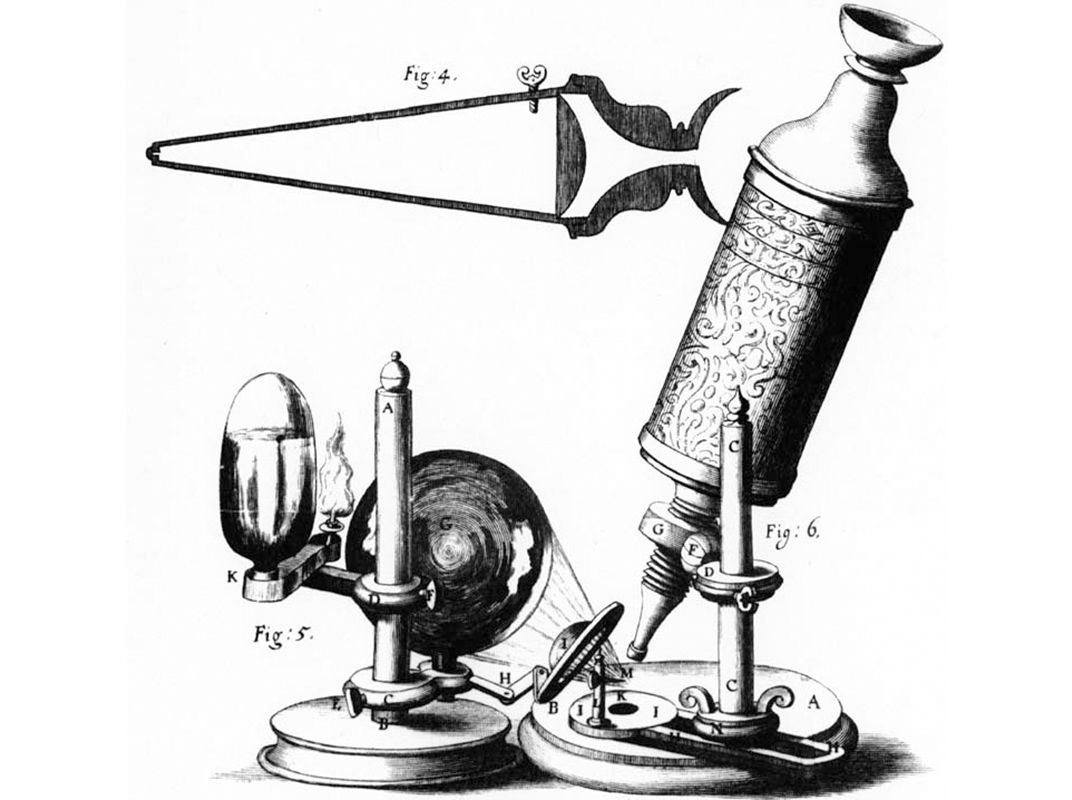Hooke, Robert (1635-1703), an English experimental scientist, stated the currently accepted theory of elasticity in Hooke’s law. This law states that the amount an elastic body bends or stretches out of shape (strain) is in direct proportion to the force (stress) acting on it. The law applies as long as the body is still elastic. Increased stress beyond this elastic limit will change the shape of the body permanently. Hooke also built the first Gregorian telescope, an early reflecting telescope. Using an early microscope, he discovered plant cells. In addition, he stated the law of inverse squares (see Light (Energy and brightness)). Hooke’s recognition of the similarity between the motion of a vibrating spring and that of a swinging pendulum led him to develop a balance spring for regulating watches.

Hooke had varied interests and often left experiments unfinished. He recognized aspects of the principle of the law of gravitation before Sir Isaac Newton. But Hooke lacked the mathematical skills and the diligence to demonstrate the theory.
Hooke was born on July 18, 1635. He died on March 3, 1703.
See also Cell (Cell research).
